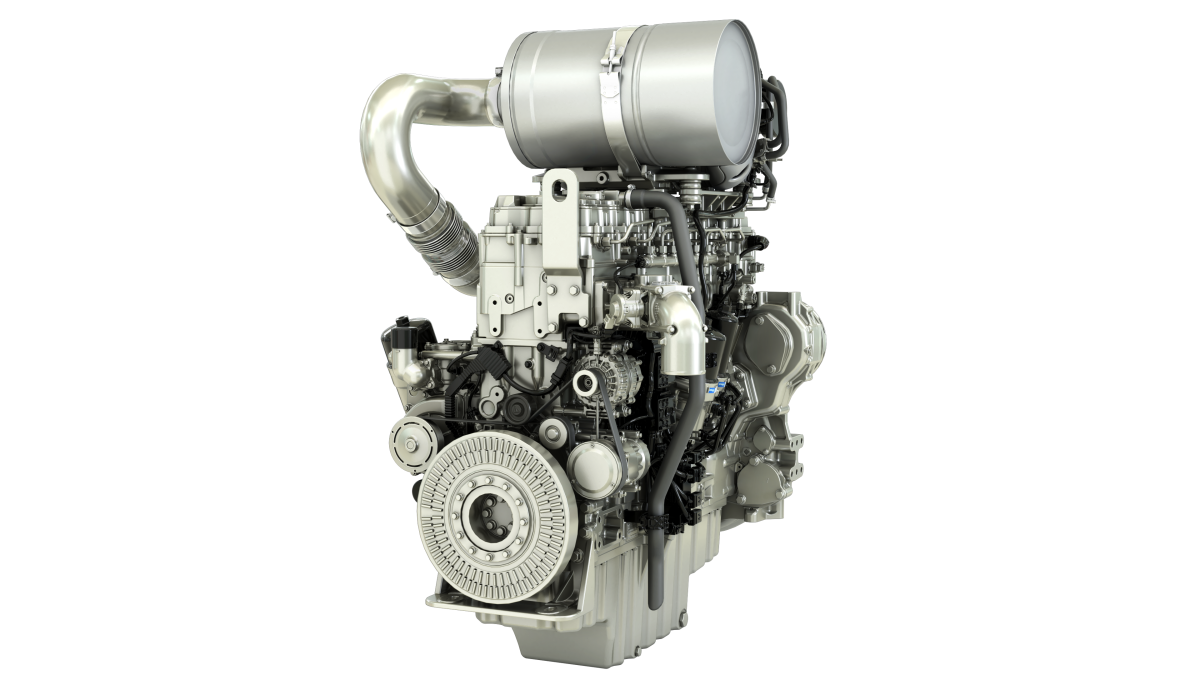Home \ International \ Perkins addresses evolving industry demands for improved fuel efficiency
Perkins addresses evolving industry demands for improved fuel efficiency
21/09/2023
Pubblicato da Ettore Zanatta
Available in 2026, the new Perkins 2600 Series engine platform is designed for demanding requirements in agriculture, construction and other off-road applications.
A key focus of the energy transition toward a lower-carbon future is the continued refinement of diesel engine designs to reduce fuel consumption, improve performance and prepare for the increased utilisation of renewable fuels.
As part of its commitment to delivering smarter solutions, Perkins is announcing the development of the Perkins® 2600 Series, a new 13-litre diesel engine platform designed to achieve best-in-class power density, torque and fuel efficiency for heavy duty off-highway applications.
Targeting applications in agriculture, construction, and numerous other sectors, the new platform extends Perkins leadership in high-performing, mid-sized engines with eight power ratings from 340 to 515 kW (456 to 690 hp) offering up to 3,200 Nm of peak torque. Industrial open power units configured with engine-mounted aftertreatment and cooling packs will also be available from the factory to reduce installation and validation costs for original equipment manufacturers (OEMs).
Perkins will offer 2600 Series engines configured to meet the emissions standards of higher regulated countries, such as EU Stage V, U.S. EPA Tier 4 Final, China Non-road IV, Korea Stage V, and Japan 2014, as well as versions for lesser regulated countries. The engines are compatible with renewable liquid fuels such as 100% hydrotreated vegetable oils (HVO), B100 distilled Biodiesel, and up to B100 fatty acid methyl ester (FAME) standard biodiesel by working with your Perkins distributor. Additionally, its core architecture supports the future development of spark-ignited natural-gas and hydrogen fuel capabilities.
To date, engineers have completed more than 20,000 hours of design validation on the 13-litre engine platform. It will be available for early OEM pilots in 2025, with commercial production scheduled to begin in 2026. It is ideally suited for dozens of off-highway applications, such as agriculture tractors, combines, harvesters, self-propelled sprayers; wheel and track loaders, excavators, dozers and other construction machinery; heavy lift trucks and other material-handling equipment; and large industrial pumps and compressors.
“As the off-highway industry advances toward a lower-carbon future, equipment manufacturers still face expectations for long-term productivity and reliability in the world’s most demanding work environments,” says Jaz Gill, Vice President of Global Sales, Marketing, Service and Parts. “The new Perkins 2600 Series engine platform demonstrates how we’re leveraging our experience, intelligence and commitment to help OEMs navigate the energy transition with power solutions that deliver exceptional performance on the worksite.”
The Perkins 2600 Series showcases the company’s commitment to innovations that support the success of customers by challenging traditional assumptions, as evidenced by the 82 patents granted to date across the entire engine platform.
It is designed to perform at altitudes of up to 12,000 ft, and in extreme ambient temperatures as high as 60 C (140 F) and as low as minus 40 C (minus 40 F) with aids. The engine supports quality, reliability, and easier maintenance through numerous design enhancements, including the integration of components as well as a reduction in the number of leak joints by more than 45%. Together, the upgrades result in lower fluids consumption and extended oil and fuel filter service intervals as long as 1,000 hours, reducing operating costs and downtime.
2600 Series engines will offer telematics solutions enabling OEMs to collect, analyse, and integrate key engine performance data within a connected intelligent platform.
By modularising and eliminating components, its architecture is space-protected to accommodate configuration adjustments anticipated for future tiers of emission standards in the U.S. and EU without relocating customer connection points. All eight power ratings for higher regulated markets will be available on a common core engine, enabling OEMs to reduce their inventory and integration costs. The combination of the all-new rear gear train, stiffer core architecture, and common rail fuel system reduces noise by up to 3 dB when compared with Perkins current 13-, 15- and single-turbo 18-litre engines.

Ultime notizie di OnSite News
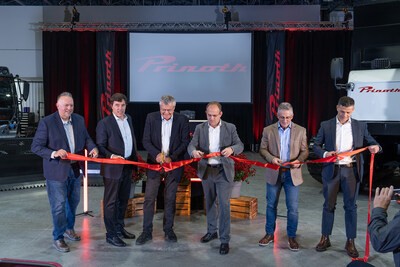
Earthmoving Machinery
25/11/2024
Prinoth Unveils Expanded Production Facility in Granby, Canada
Prinoth held an event to announce the official opening of it...

Logistics
22/11/2024
Sarens acquires additional SCHEUERLE SPMT K24 modules
renowned for its expertise in crane rental services, heavy l...
Equipments
21/11/2024
SITECH partners with Royal Engineers to create poppy and demonstrate tech offering
The demostration involved creating a ground-level poppy desi...
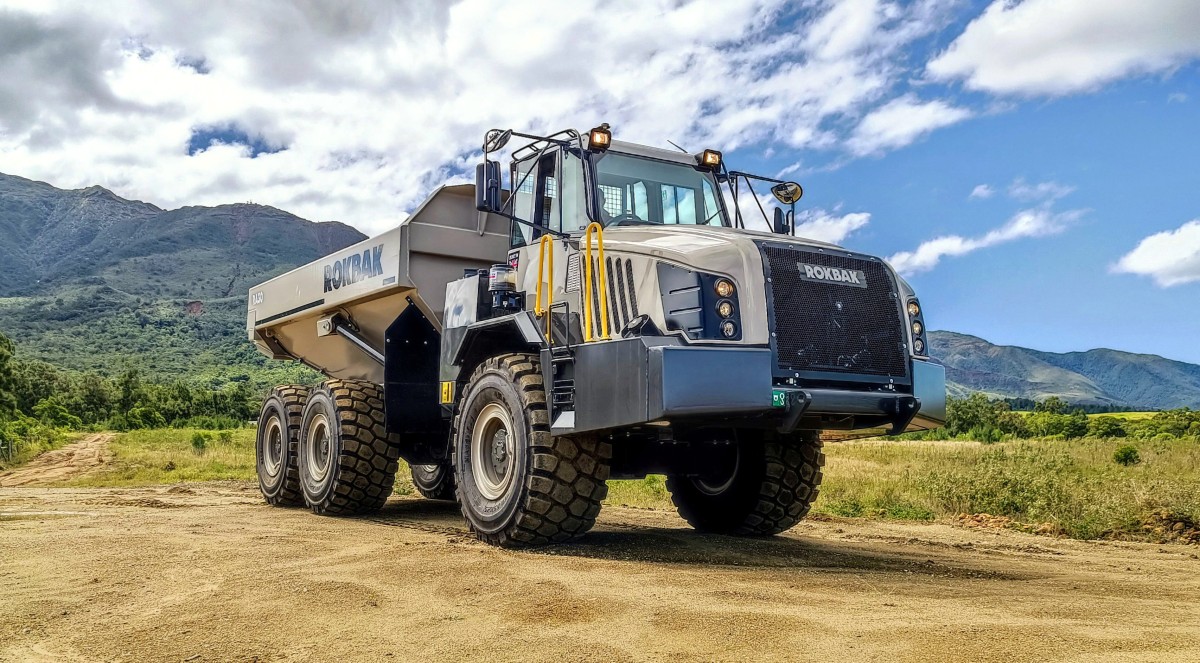
Earthmoving Machinery
20/11/2024
Strong and stable RA30 trucks carry the weight at New Caledonian mine
Three Rokbak RA30 trucks are delivering exceptional durabili...
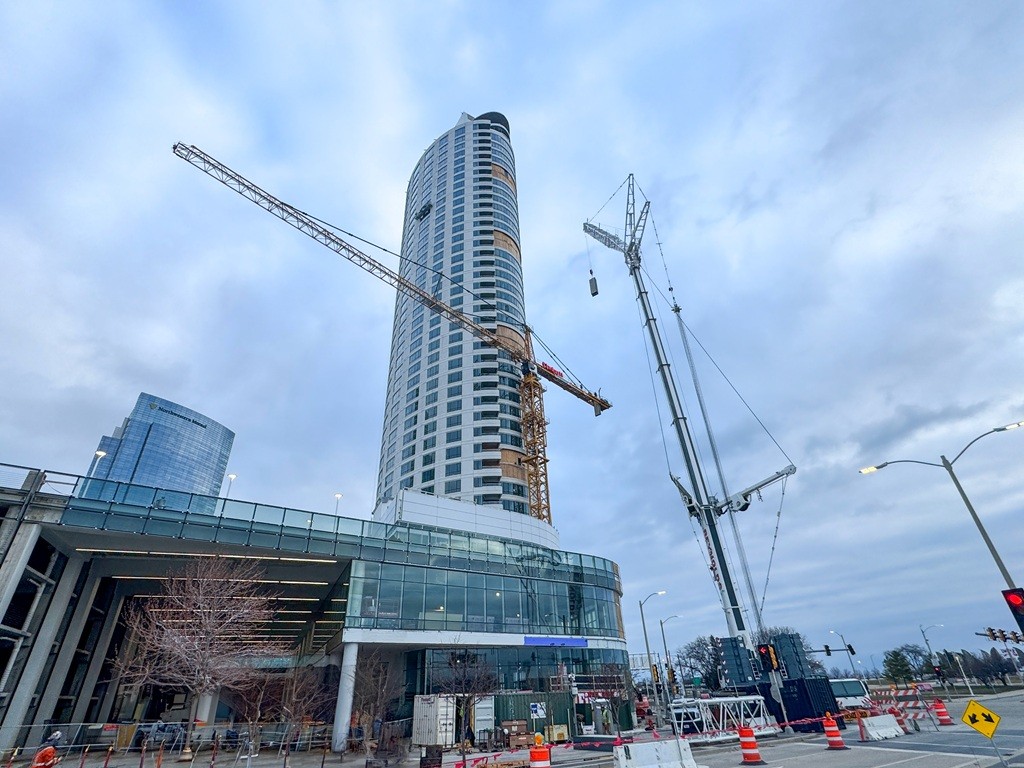
Lifting
20/11/2024
Tadano AC 7.450-1 Performs Double Duty in Wisconsin
A cost-saving and versatile solution was already on site - a...
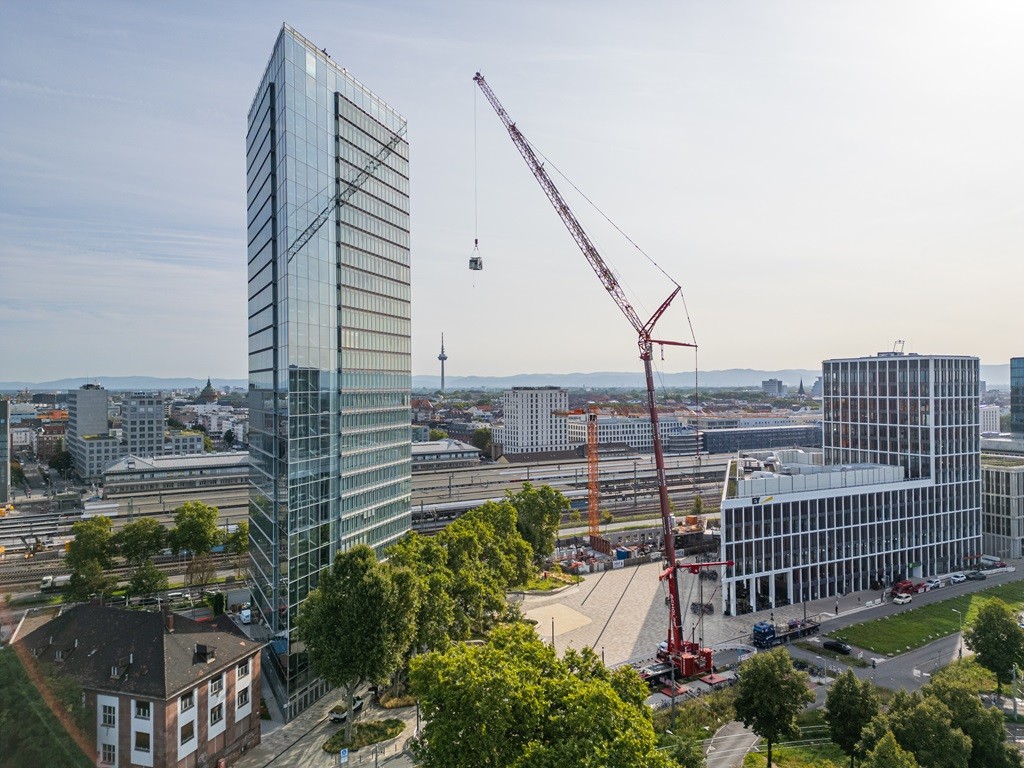
Lifting
11/11/2024
Tadano AC 7.450-1 all terrain crane for the Victoria Tower in Mannheim
Tadano AC 7.450-1 all terrain crane lifts cooling unit to to...
Altri International
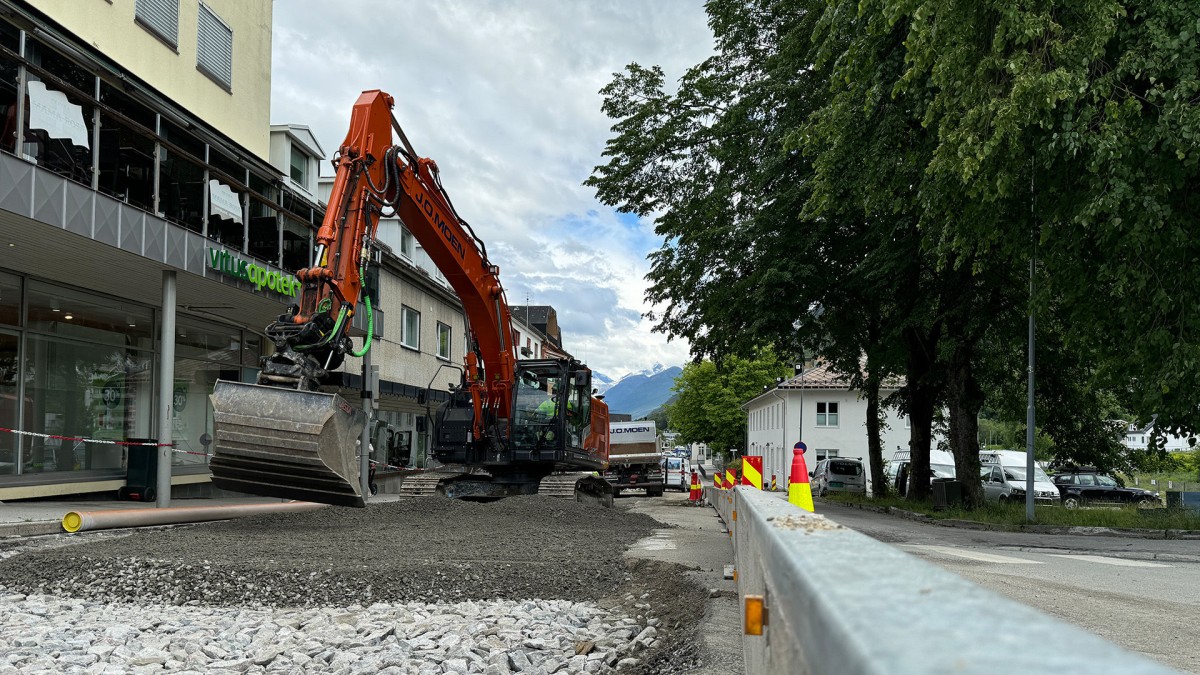
International
28/11/2024
Hitachi's Zaxis-7 excavator is a favourite for Norwegian family-business
Norwegian family business JO Moen AS has added a ZX225USRLC-...
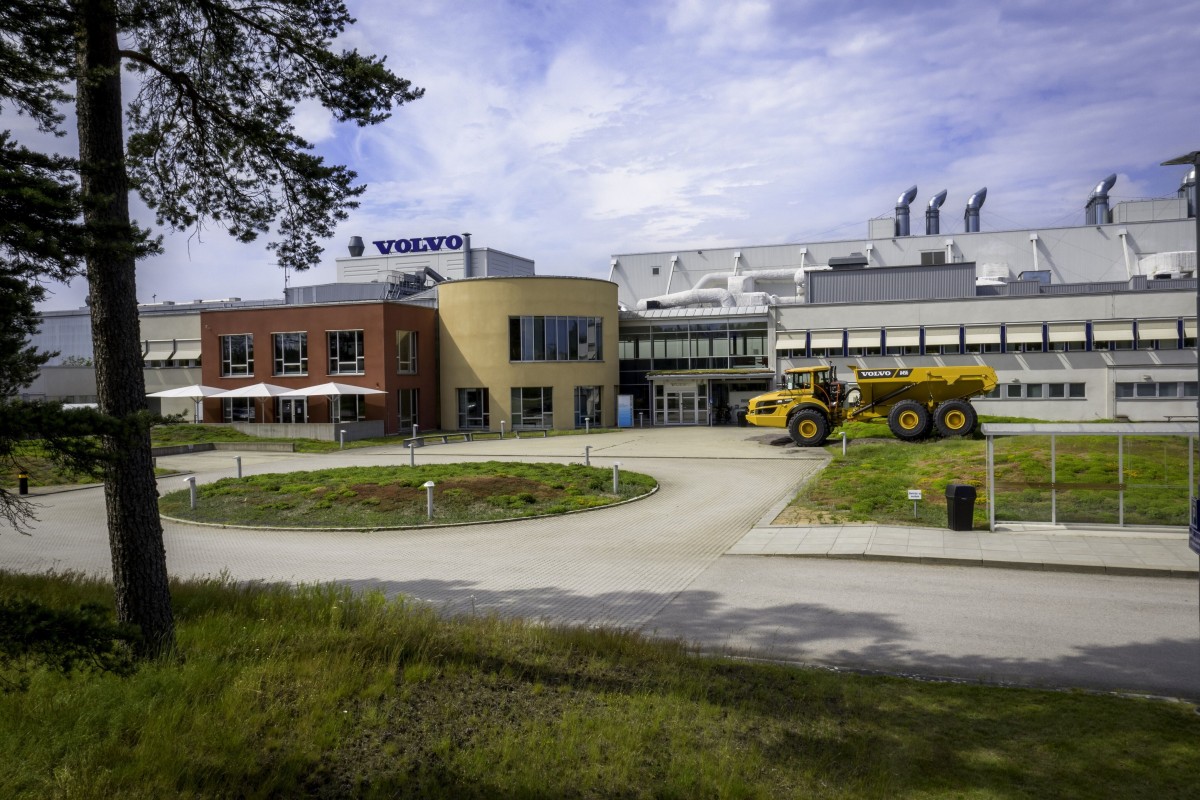
International
27/11/2024
Home of Volvo Construction Equipment’s pioneering articulated haulers advances to Climate Efficient Site
As one of the construction industry’s most active drivers of...
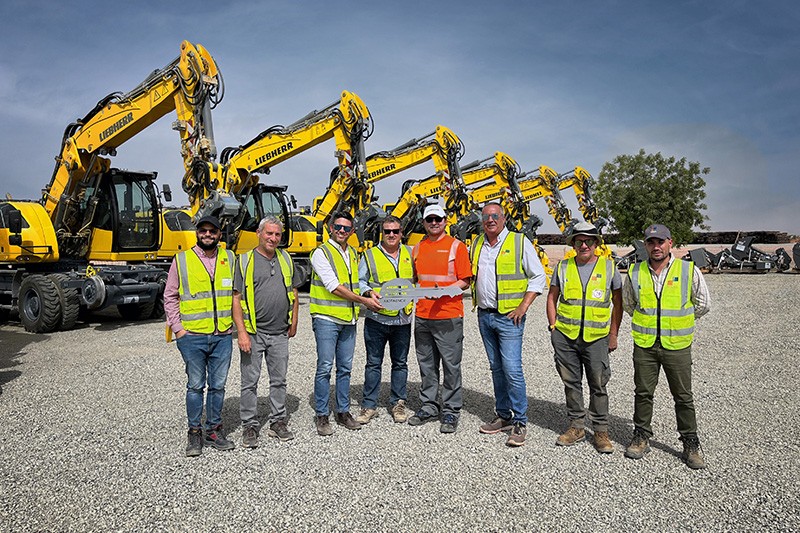
International
26/11/2024
Mota-Engil orders 10 Liebherr railroad excavators for a major project in West Africa
The Portuguese construction company Mota-Engil has once agai...
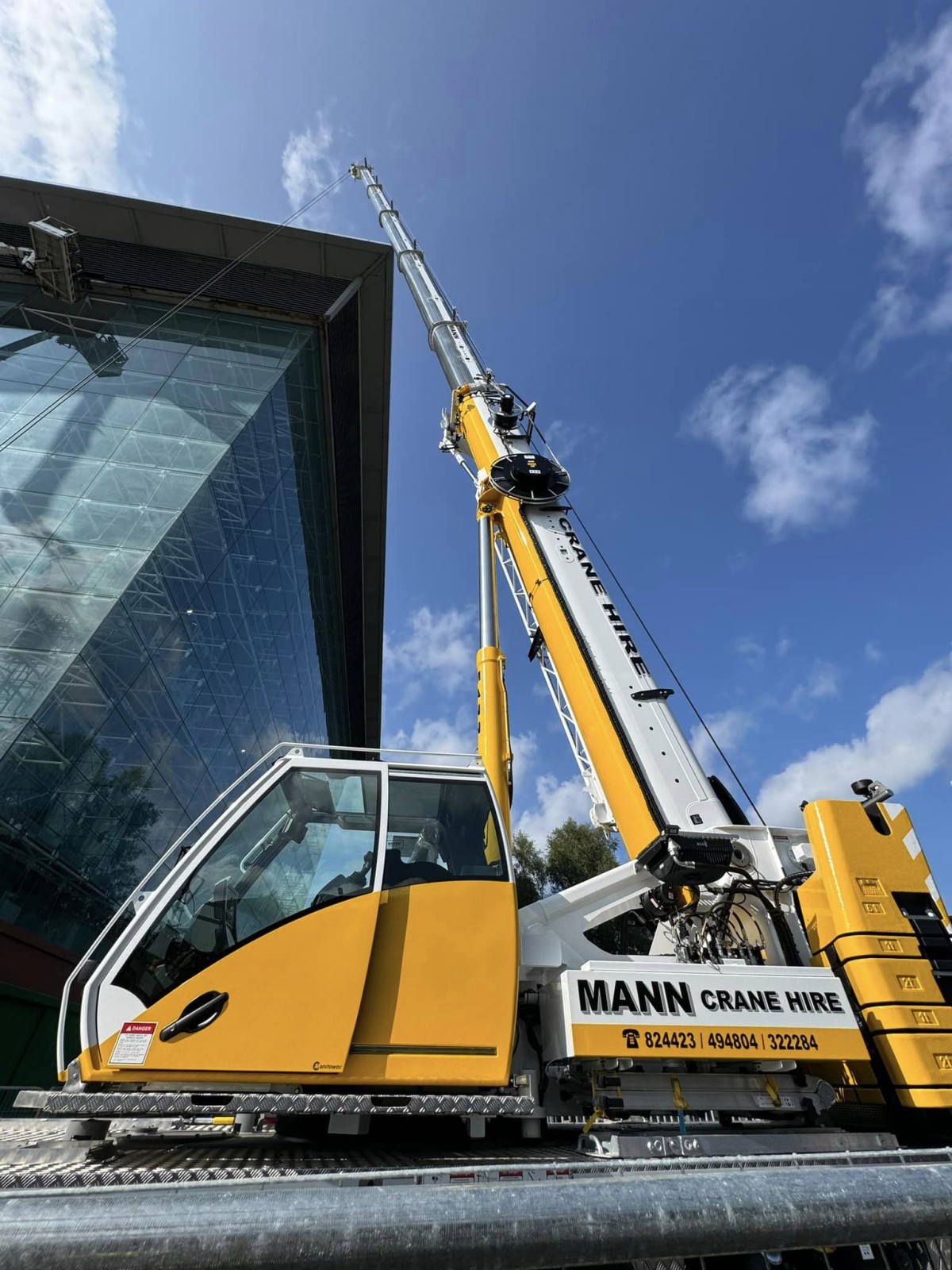
International
25/11/2024
New Grove GMK3060L-1 drives busy schedule for Mann Crane Hire
• Mann Crane Hire selected the GMK3060L-1 for its class-lead...

International
25/11/2024
Prinoth Unveils Expanded Production Facility in Granby, Canada
Prinoth held an event to announce the official opening of it...

International
23/11/2024
GPMat International takes delivery of two Raimondi T147s residential development in the South of France
- Official agent of France expands its product lineup with t...











